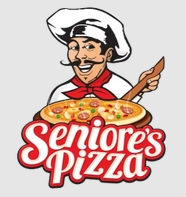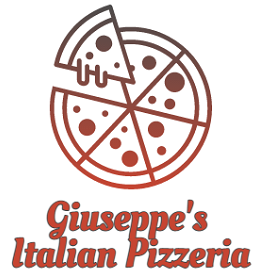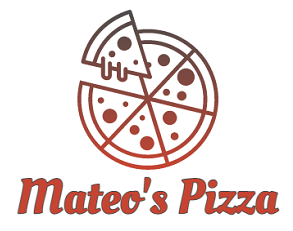Pasta Near You
- The Nickel Mine
 Closed$5.65 Delivery4.0
Closed$5.65 Delivery4.0 - BORJA'S Italian Restaurant (Former BJ's Italian Restaurant)
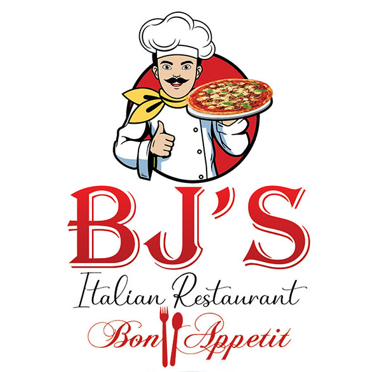 Open Now$5.00 - $20.00 Delivery4.9
Open Now$5.00 - $20.00 Delivery4.9
- The Nickel Mine
 Closed$5.65 Delivery4.0
Closed$5.65 Delivery4.0 - BORJA'S Italian Restaurant (Former BJ's Italian Restaurant)
 Open Now$5.00 - $20.00 Delivery4.9
Open Now$5.00 - $20.00 Delivery4.9
Pasta
- Italian Affair Pizza & Pasta
 Open Now$1.99 Delivery5.0
Open Now$1.99 Delivery5.0 - Vinny's Restaurant & PizzeriaOpen Now$2.00 - $3.00 Delivery5.0
- Seniore's PizzaOpen NowFree Delivery4.7
- Cacciatori Pizza
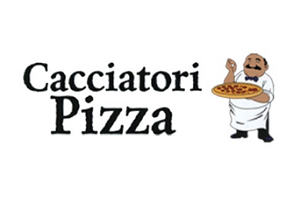 Open Now$2.00 Delivery5.0
Open Now$2.00 Delivery5.0 - Ellie's Pizza Beverly
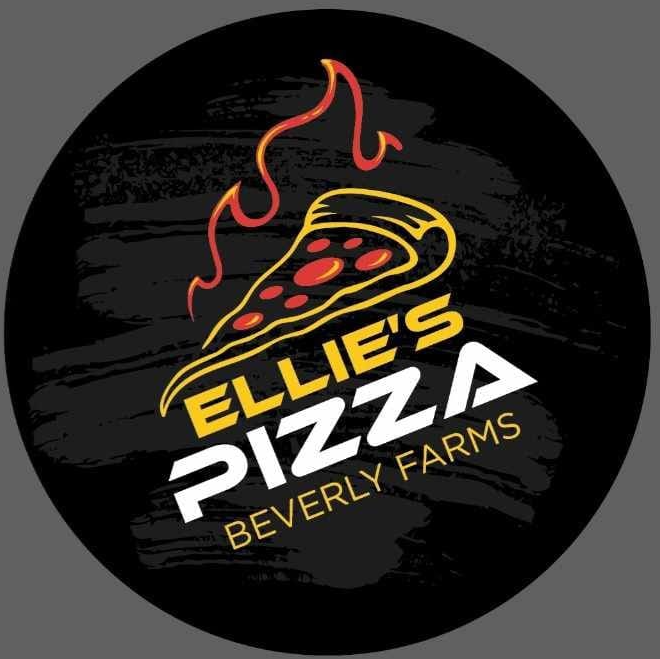 Open Now$2.00 Delivery4.9
Open Now$2.00 Delivery4.9
- Italian Affair Pizza & Pasta
 Open Now$1.99 Delivery5.0
Open Now$1.99 Delivery5.0 - Vinny's Restaurant & PizzeriaOpen Now$2.00 - $3.00 Delivery5.0
- Seniore's PizzaOpen NowFree Delivery4.7
- Cacciatori Pizza
 Open Now$2.00 Delivery5.0
Open Now$2.00 Delivery5.0 - Ellie's Pizza Beverly
 Open Now$2.00 Delivery4.9
Open Now$2.00 Delivery4.9 - Fox's Pizza Den
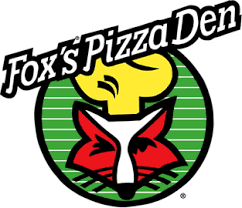 Open Now$5.00 Delivery5.0
Open Now$5.00 Delivery5.0 - Constantino’s Pizza & Ice Cream
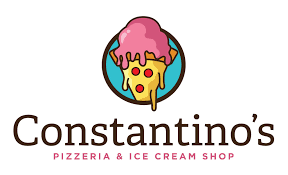 Open NowFree Delivery4.7
Open NowFree Delivery4.7 - Gregory's Pizza
 Open Now$3.00 - $4.00 Delivery4.8
Open Now$3.00 - $4.00 Delivery4.8 - Ellie's Pizza Wakefield
 Open Now$2.00 Delivery4.8
Open Now$2.00 Delivery4.8 - The Godfather of Morristown
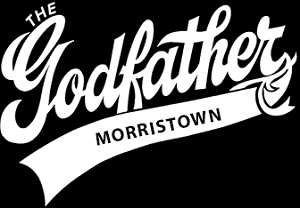 Open Now$3.00 - $5.00 Delivery4.7
Open Now$3.00 - $5.00 Delivery4.7 - Giuseppe's Italian PizzeriaOpen Now$3.45 Delivery4.9
- Sofia's Pizza
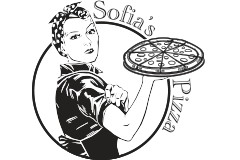 Open Now$2.99 - $5.99 Delivery4.9
Open Now$2.99 - $5.99 Delivery4.9 - Mariana's Pizzeria & Latin Grill
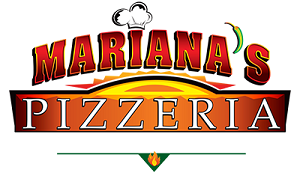 Open Now$3.00 Delivery5.0
Open Now$3.00 Delivery5.0 - Antelope Pizza HouseOpen Now$4.99 - $7.99 Delivery4.9
- Mateo's PizzaOpen Now$4.95 Delivery4.8
Best Pasta in Chicago
- Leona's Pizzeria - Irving Park
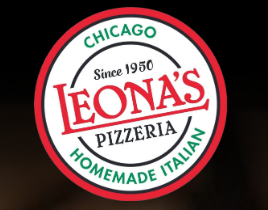 Open Now$3.99 Delivery4.5
Open Now$3.99 Delivery4.5
- Leona's Pizzeria - Irving Park
 Open Now$3.99 Delivery4.5
Open Now$3.99 Delivery4.5
Best Pasta in New York
- Niccolo Pizzeria
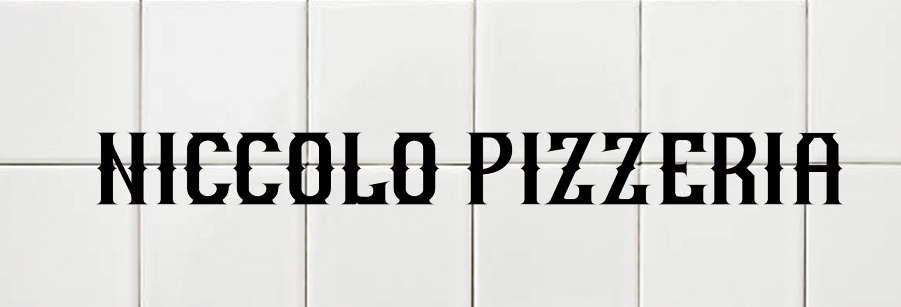 Open NowFree Delivery5.0
Open NowFree Delivery5.0 - Pizza Del Valle
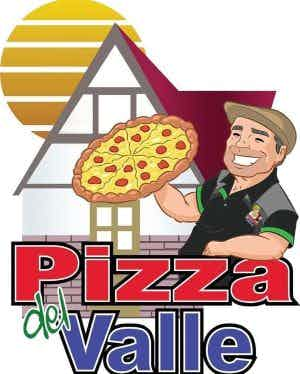 Open NowFree Delivery4.7
Open NowFree Delivery4.7 - Lazzara's Pizza Cafe
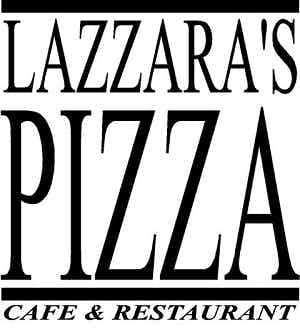 Open Now$4.65 Delivery4.6
Open Now$4.65 Delivery4.6
- Niccolo Pizzeria
 Open NowFree Delivery5.0
Open NowFree Delivery5.0 - Pizza Del Valle
 Open NowFree Delivery4.7
Open NowFree Delivery4.7 - Lazzara's Pizza Cafe
 Open Now$4.65 Delivery4.6
Open Now$4.65 Delivery4.6
Best Pasta in Houston
- Cicis Pizza
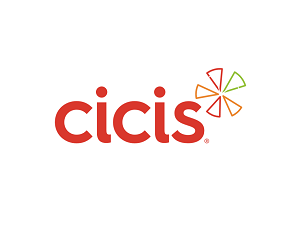 Open Now$5.49 Delivery4.0
Open Now$5.49 Delivery4.0 - Cicis Pizza
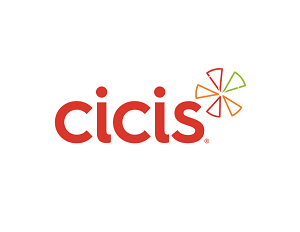 Open Now$5.49 Delivery4.9
Open Now$5.49 Delivery4.9 - Cicis Pizza
 Open Now$5.49 Delivery4.5
Open Now$5.49 Delivery4.5 - Cicis Pizza
 Open Now$5.49 Delivery3.6
Open Now$5.49 Delivery3.6
- Cicis Pizza
 Open Now$5.49 Delivery4.0
Open Now$5.49 Delivery4.0 - Cicis Pizza
 Open Now$5.49 Delivery4.9
Open Now$5.49 Delivery4.9 - Cicis Pizza
 Open Now$5.49 Delivery4.5
Open Now$5.49 Delivery4.5 - Cicis Pizza
 Open Now$5.49 Delivery3.6
Open Now$5.49 Delivery3.6
Best Pasta in Philadelphia
- Fingers & Wings Pizza
.png?auto=format&fit=max&q=10) Open Now$3.00 Delivery4.9
Open Now$3.00 Delivery4.9
- Fingers & Wings Pizza
.png?auto=format&fit=max&q=10) Open Now$3.00 Delivery4.9
Open Now$3.00 Delivery4.9
Best Pasta in Baltimore
- Tre Fratelli Ristorante
_(3).png?auto=format&fit=max&q=10) Open Now$4.95 Delivery4.9
Open Now$4.95 Delivery4.9
- Tre Fratelli Ristorante
_(3).png?auto=format&fit=max&q=10) Open Now$4.95 Delivery4.9
Open Now$4.95 Delivery4.9
What Type of Food Is Pasta?
Some of the best food in the world comes from Italy. And pasta is definitely a signature dish in Italian cuisine.
We all know it and love it - it's so versatile that it comes in many shapes and sizes. Plus, you can combine it with various sauces and other ingredients. This includes tomato sauce, creamy sauces, cheese sauces, meat sauces, and many others.
Today, we'll take a closer look at how it's made, its history, and some of the more popular variations and forms.
To put it simply, pasta is made of durum wheat flour and water. Though eggs are sometimes used, too. This mixture is formed into sheets that are cooked by either boiling or baking.
Pasta has two main kinds - dried and fresh. The former is typically mass-produced with machines, while the latter is homemade by hand.
In regards to its shape, there is truly a huge number of different pasta shapes (around 300). And this yields an even bigger number of names (over 1000).
Moreover, pasta is generally cooked and served in three ways:
Asciutta - served on a plate together with a sauce. In brodo - as part of a soup. Al forno - baked in an oven.
What is the history behind pasta?
Pasta is one of the most popular foods in the world, but have you ever wondered where it comes from?
30th century B.C. - Chinese had food that looked like noodles. 4th century B.C. - an Etruscan tomb from the 4th century B.C. depicts people making food similar to pasta. 13th century - Marco Polo brought it to Italy from China. 14th century - writers started to make references to macaroni and ravioli in their books. For example, in The Decameron, there’s a story involving pasta chefs and a Parmesan cheese mountain. 18th century - Neapolitans started to be called macaroni-eaters instead of leaf-eaters. And the main reason for this change was the machines! The ones that were invented to make amazing macaroni, ravioli, and lasagna.
In the meantime, the dish also made its way to the ‘New World’. Spanish explorers went on overseas journeys and brought it to America.
But, what’s amazing is that it was Tomas Jefferson who helped make it more popular. He first had a taste of macaroni while he was in Paris in the 1780s. He found it so delicious that he brought a macaroni machine back to America. Later on, in 1848, a factory was opened in Brooklyn.
Macaroni was a common dish during the Civil War as well, both for its taste and simplicity.
Around that time, many people from Italy moved to America. Therefore, it’s no wonder that the dish expanded even more. Food like lasagna and spaghetti became very popular and continues to be to this day!
What are the different pasta types?
To build on the history of pasta, we also have some notable varieties to talk about. The interesting thing about these is that they all have a little story of their own:
Penne pasta
This one has the shape of a hollow cylinder and the edges are diagonally cut. The form resembles a pen, hence the name penne. It was first made in 1865 when Giovanni Battista Capurro acquired a patent for a machine that cuts diagonally.
The texture has ridges and is perfectly suitable for sauces. A popular dish is the Penne Ala Vodka. It comes with tomatoes, cheese, cream, and some vodka on top. However, most of the vodka evaporates during cooking.
Other sauces that go well with penne are marinara, arrabbiata, and pesto. There is also the “penne lisce,” which doesn’t have ridges, and the pennoni which is wider.
Fusilli
The fusilli type is also known as rotini and it has a spiral shape. It got its name from the word “fuso” which means spindle. This one is a great fit for thick sauces like meat. It’s commonly found in cold salads.
There are some variants like the fusilli bucati which is hollow and bent into springs. Other types include the fusilli lunghi and fusilli Napoletani. The former is also twisted but longer like spaghetti and the latter is flat and shaped around a spindle.
Primavera
This dish is a combination of penne and vegetables and it has an interesting origin story. It’s actually an American meal that was invented in 1975. Sirio Maccioni and two other chefs went to Canada where they cooked for Baron Carlo Amato and his guests.
What came out of the cooking that day is the dish we now know as Primavera. Maccioni brought the recipe back to New York and his restaurant Le Cirque.
However, it became famous when the recipe was included in a New York Times article two years later.
Fagioli
This is a traditional Italian soup made with pasta and beans. It is usually done with ditalini or elbow macaroni. The other main ingredients are the beans. These can be borlotti beans or cannellini beans.
This soup is very easy to make and it doesn’t take a lot of time. When people prepare it at home, they could use dried beans but also canned ones. The soup base often has garlic, celery, tomatoes, carrots, onions, and olive oil.
Pesto
This one is made by simply combining pesto sauce and pasta. The pesto sauce typically includes basil, pine nuts, garlic, olive oil, coarse salt, and hard cheese. You can have the meal warm or cold, and it can be both a side dish or a main dish.
Carbonara
Carbonara is made with cheese, pepper, eggs, and pork. It is typically combined with spaghetti but other options include rigatoni, bucatini, and more. The meat could be pancetta though bacon is commonly used as well.
The name stems from the word “carbonaro” which means “charcoal burner" in Italian. Its origin is usually traced back to Lazio and it is often described as a “Roman Dish”. The use of the term carbonara was first recorded in 1950, in the Italian newspaper called “La Stampa”.
Is pasta high in calories?
In a serving size of 248g, there are around 392 calories in pasta. This includes 2.4g of total fat or 3% of the daily value based on a 2000-calorie diet.
In addition, the total amount of carbohydrates is 76g or 28%, whereas the amount of protein is 14.4g.
Furthermore, there are 17.4mg of calcium (1%), 3.2mg of iron (18%), and 109.1mg of potassium (2%).
Where can I find pasta near me?
While most restaurants in America serve some type of pasta dishes, we do have specific recommendations for you.
For those of you in New York, we suggest - La Amistad. Located on 2nd Ave, they work 7 days a week and also offer pickup and delivery. The best part? You save 5% on any online order through Slice!
And if you're in San Francisco, then North Beach Pizza is the right place for you. They're located on Taraval St and open 7 days a week. You can give them a visit or order takeout or delivery via the Slice app. That way you even save 5% on all online orders.

Testimonials
Best pizza in town. My family's and my #1 place to eat. I've been supporting their business since day one. Love the service, food, pasta. All their food is always fresh and delicious. The people there always make us feel welcomed and much appreciated
Woodstone Pizzeria Review
People Also Ask:
Browse More Dishes
EVEN MORE PASTA
Chicken Entrée
•Shrimp Entrée
•Pasta With Alfredo Sauce
•Chicken Parmigiana
•Ravioli
•Pasta With Meatballs
•Pasta With Marinara Sauce
•Veal Parmigiana
•Pasta With Vodka Sauce
•Baked Ziti
•Lasagna
•Seafood Entree
•Eggplant Parmigiana
•Pasta Bolognese
•Pasta With Sausage
•Manicotti Cannelloni
•Pasta With Pesto Sauce
•Chicken Marsala
•Pasta Carbonara
•Stuffed Shells
•Eggplant Rollatini
•Pasta With Garlic & Oil
•Spaghetti
•Grilled Chicken
•Linguine
•Sausage & Peppers
•Beef Entrée
•Tortellini
•Pasta Primavera
•Veal Marsala
•Cavatelli Orecchiette
•Gnocchi
•Rigatoni
•Pasta With Mushrooms
•Fried Chicken
•Build Your Own Pasta
•Bbq Ribs
•Burrito
•Pasta With Sauce
•Falafel
•
EVEN MORE DISHES NEAR YOU
Turkey Salad
•Provolone Sandwich
•Fried Pickles
•Tuna Sub
•Pie
•Veggie Lover Pizza
•Fried Rice
•Grilled Chicken Panini
•Gyro Salad
•Veggie Salad
•Gnocchi
•Gluten Free Pizza
•Chicken Fingers
•Meat Ravioli
•Florentine Pizza
•Sausage Roll
•California Burger
•Cannelloni
•Vodka Pizza
•Baked Ziti
•Salsa
•Broccoli Rabe
•Ice Cream
•Raspberry Tea
•Sirloin Steak
•French Onion Soup
•Italian Sub
•Chicken Parmesan Pasta
•Greek Wrap
•Flounder
•Chicken Gyro
•Mini Cannoli
•Veal Francese
•Ice Tea
•Boneless Wings
•Chicken Soup
•Beef Patty
•Gorgonzola Salad
•

